Protected Monuments of Rajasthan
Synopsis
The importance of cultural heritage of Rajasthan is well known Old monuments were repaired restored and protected by rulers and people in the region. They took care of their artistic heritage with great interest and fervour, Records of Imarat Khana, Jaipur (Rajasthan State Archives, Bikaner); Collection of maps, plans and arachitectural drawings at the city palace, Jaipur; Plans and Architectural drawings in the personal collection of Dr. Raj Shekhar Vyas and his family, Udaipur, and Administrative Reports of Kotah and Jodhpur support this fact. They also thought about legislation. Marwar Ancient Monuments Preservation Ordinance was introduced in 1928. In 1941 Jaipur also passed an Ancient Monuments and Preservation Act, covering protection and preservation of monuments and also prohibiting traffic in antiquities out of State. After independence, an Act-Ancient and Historical Monuments and Archaeological Sites and Remains (Declaration of National Importance) Act 1951 came into existence. Finally after seven years Ancient Monuments and Archaeological sites and remains Act 1958 was passed by the Indian parliament. This Act applied to all monuments and sites which were declared to be of national importance in 1951, namely monuments already protected under the Ancient Monument Preservation Act 1904 and some important monument sin the erstwhile princely states. With the result, some of the major monuments of Rajasthan, for example of forts of Chittorgarh, Ranthambhor, Jaisalmer, Kumbhalgarh and temple sites: Nagari, abhaneri, Harshnath, Nilkantha and Bijolia came under the direct control of the Archaeological Survey of India.
Read more
122.40
110.16
$
136.00 $
Free delivery Wolrdwidе in 10-18 days
Ships in 2-4 days from New Delhi
Membership for 1 Year $35.00
Get it now and save 10%
Get it now and save 10%
BECOME A MEMBER
Books by the same author

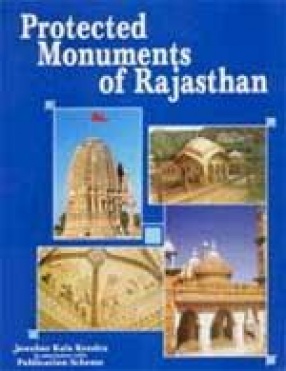
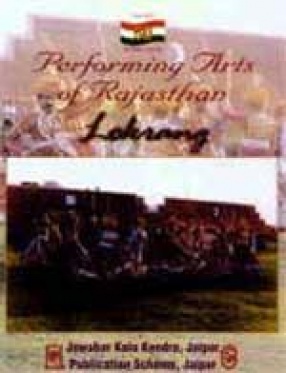
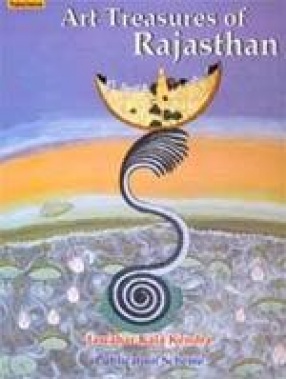

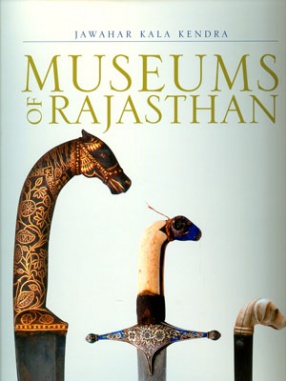
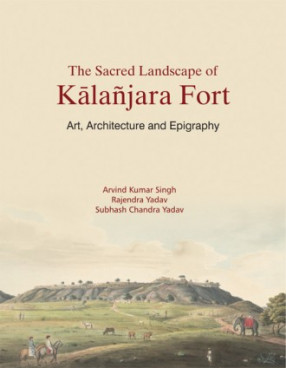
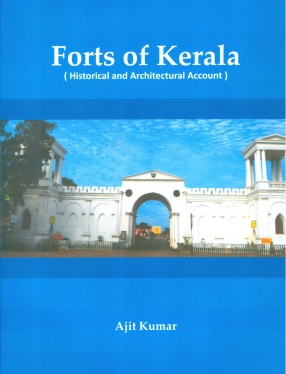

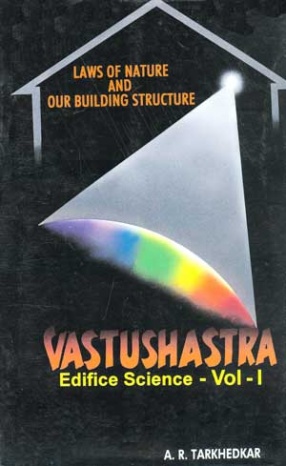

Bibliographic information